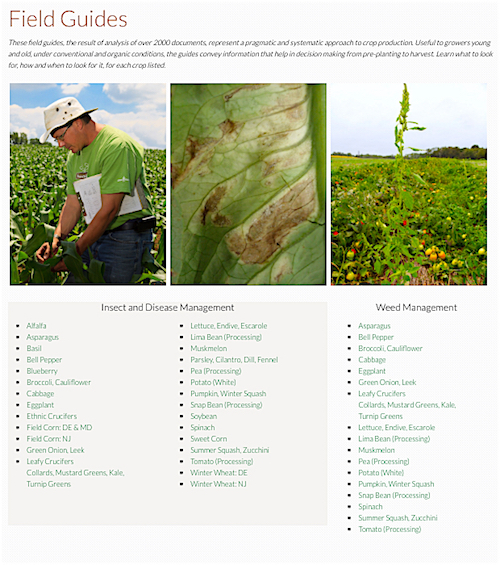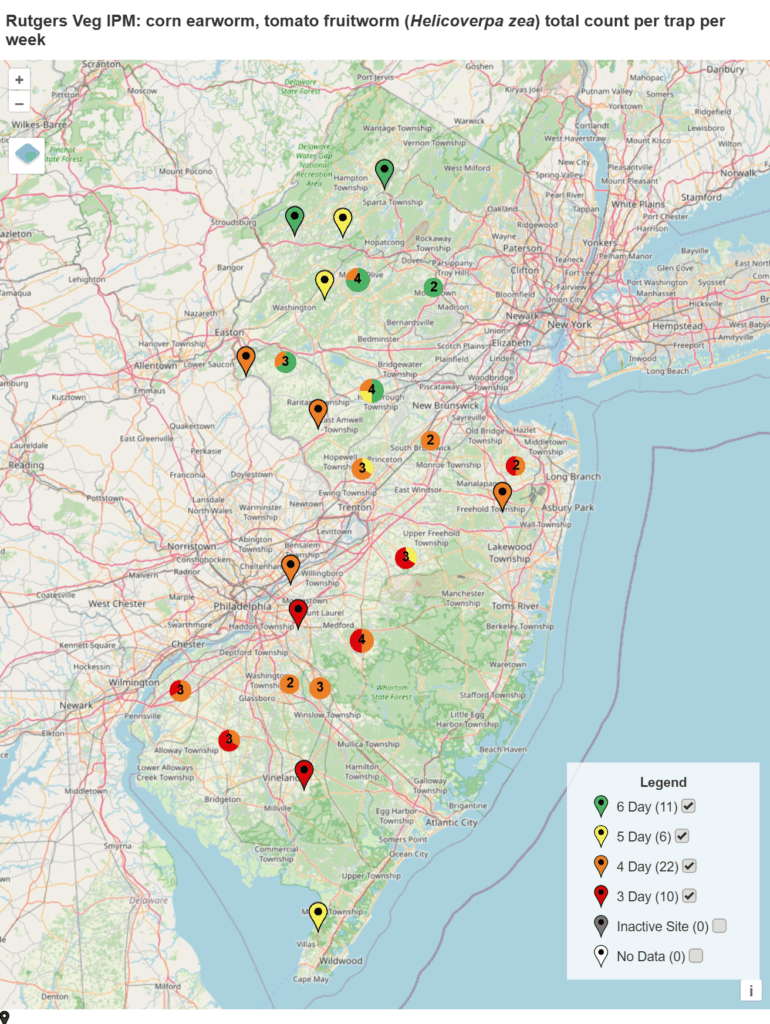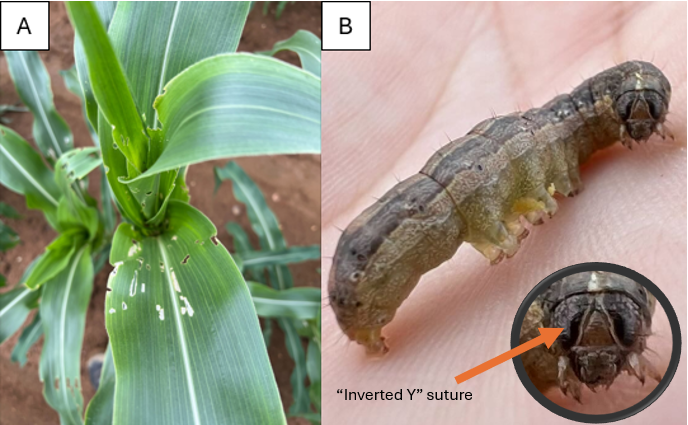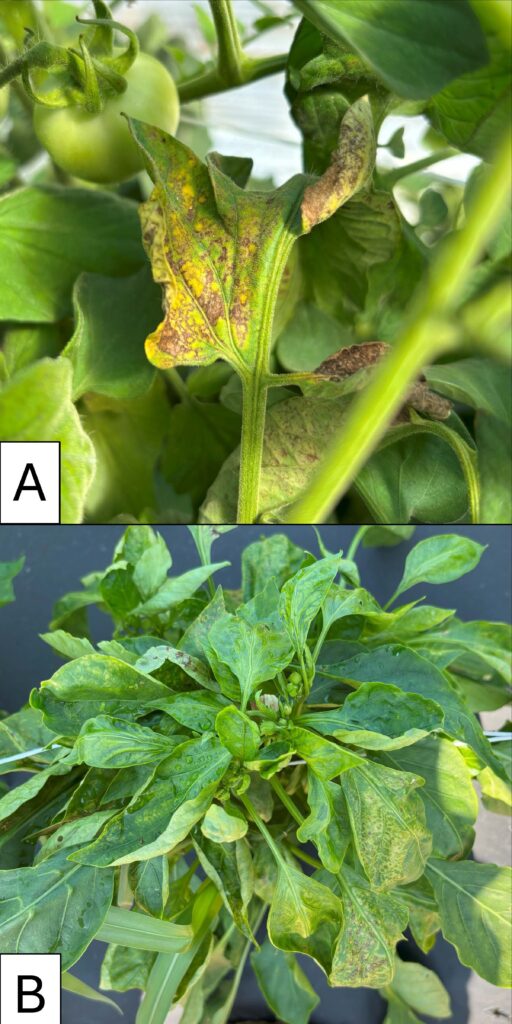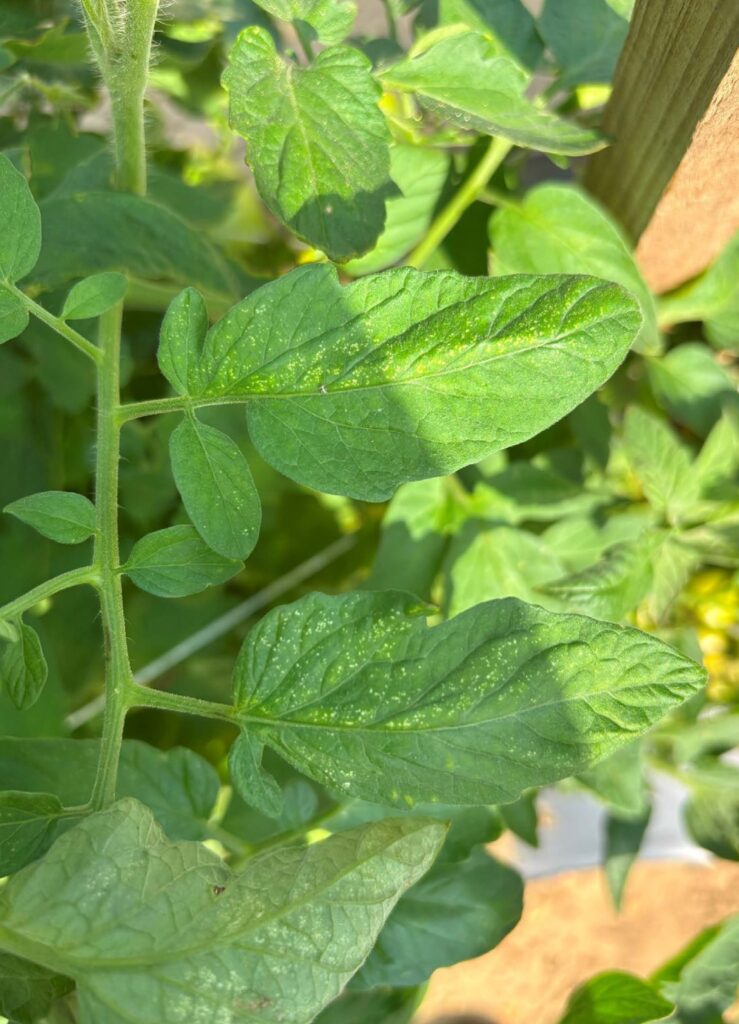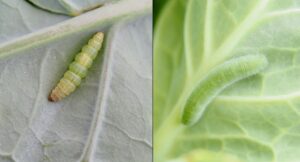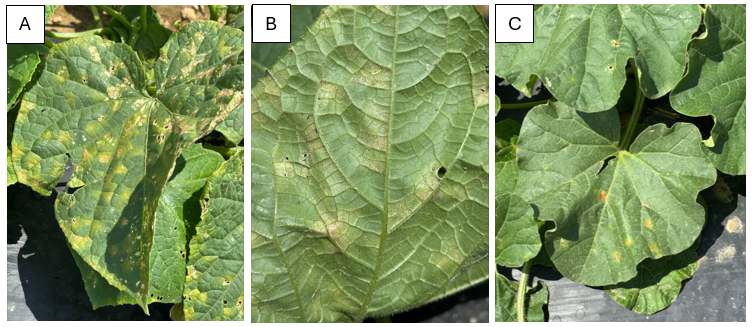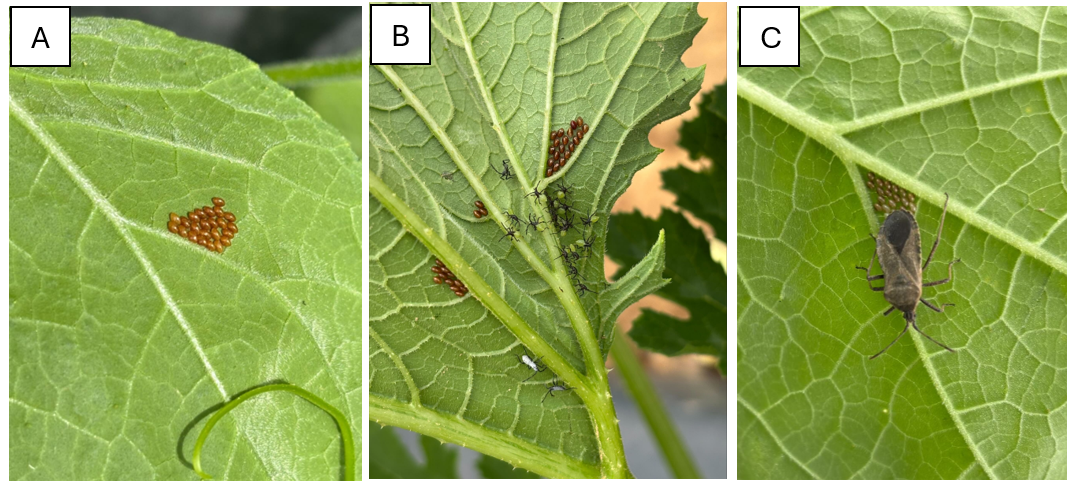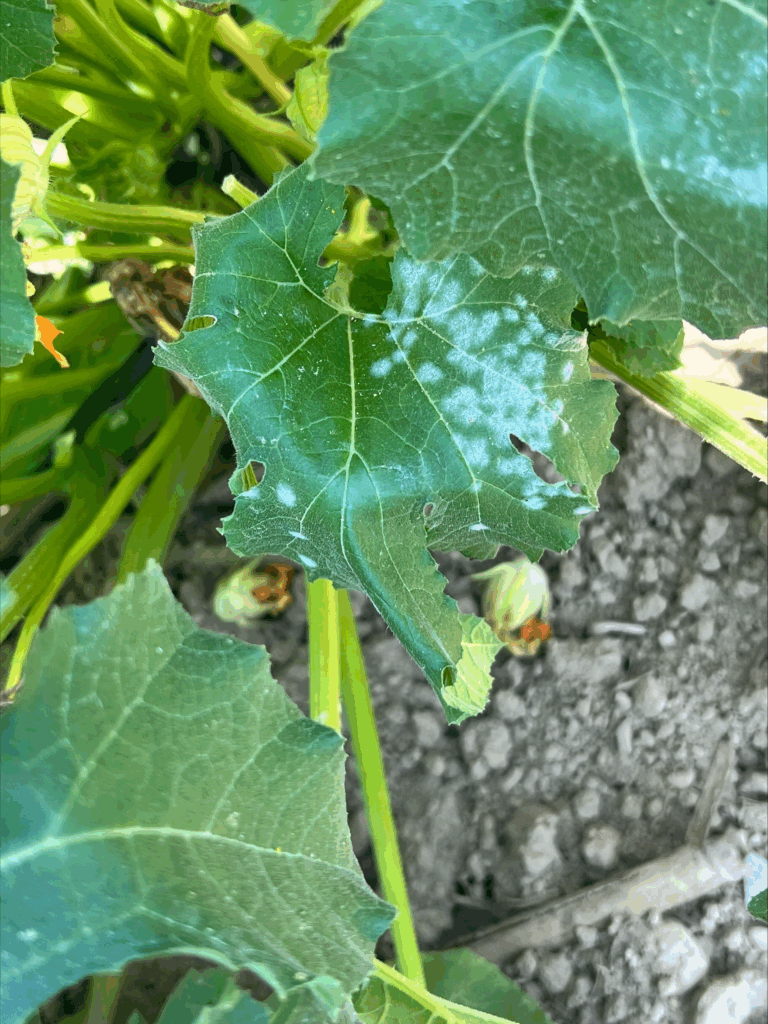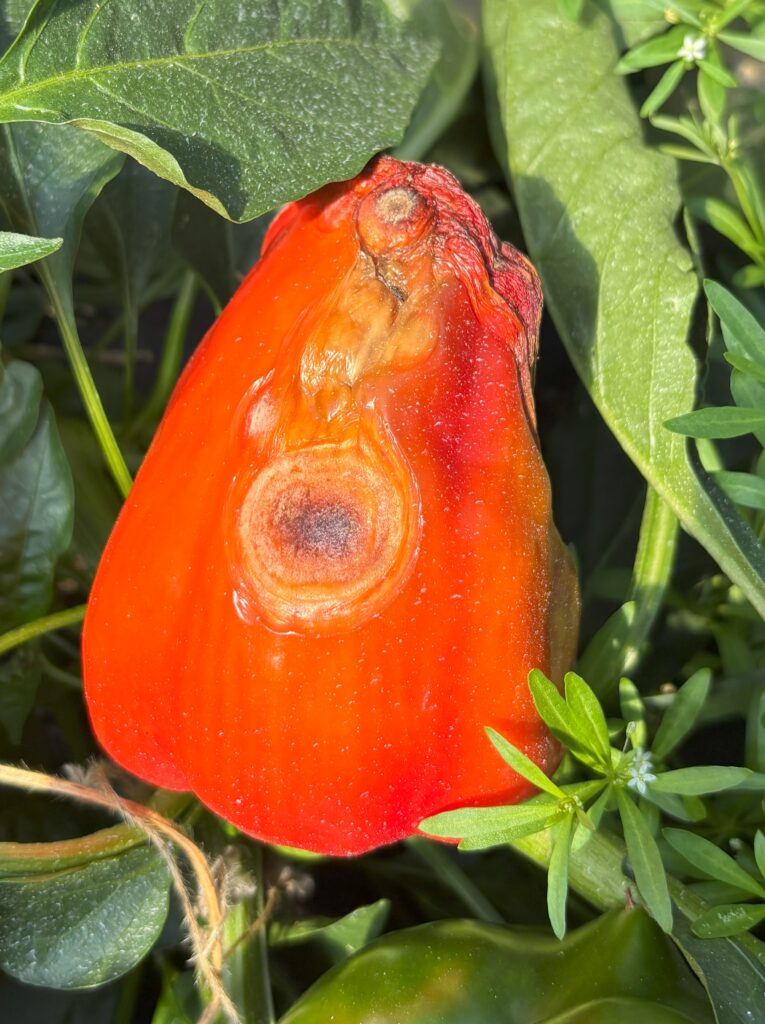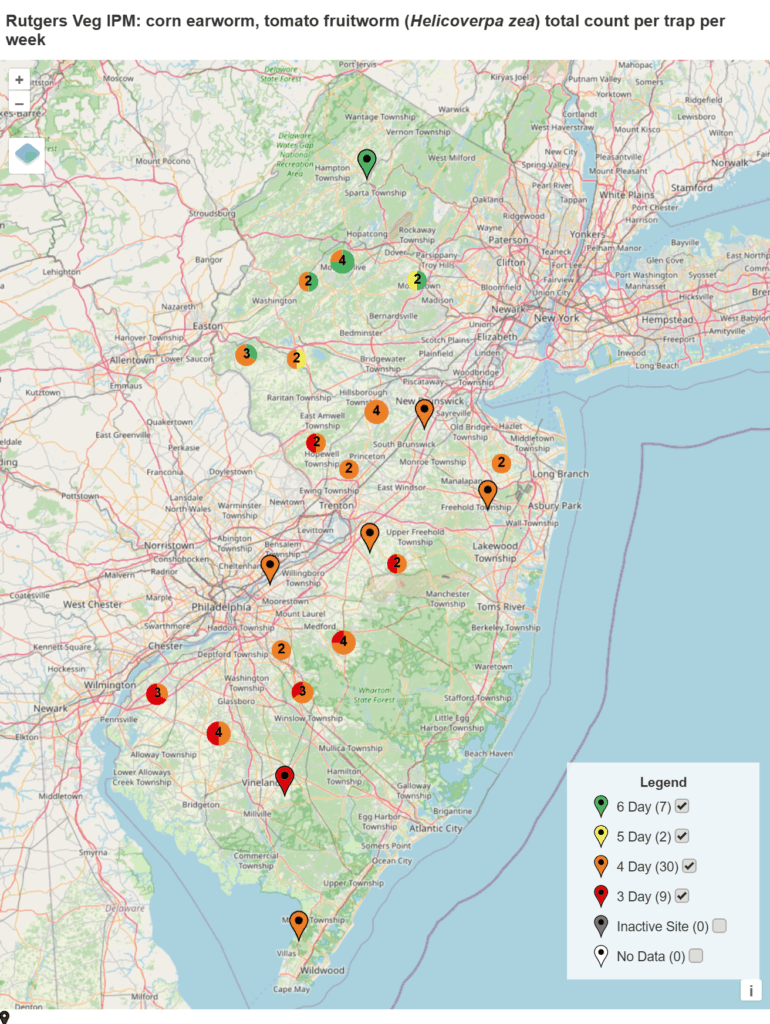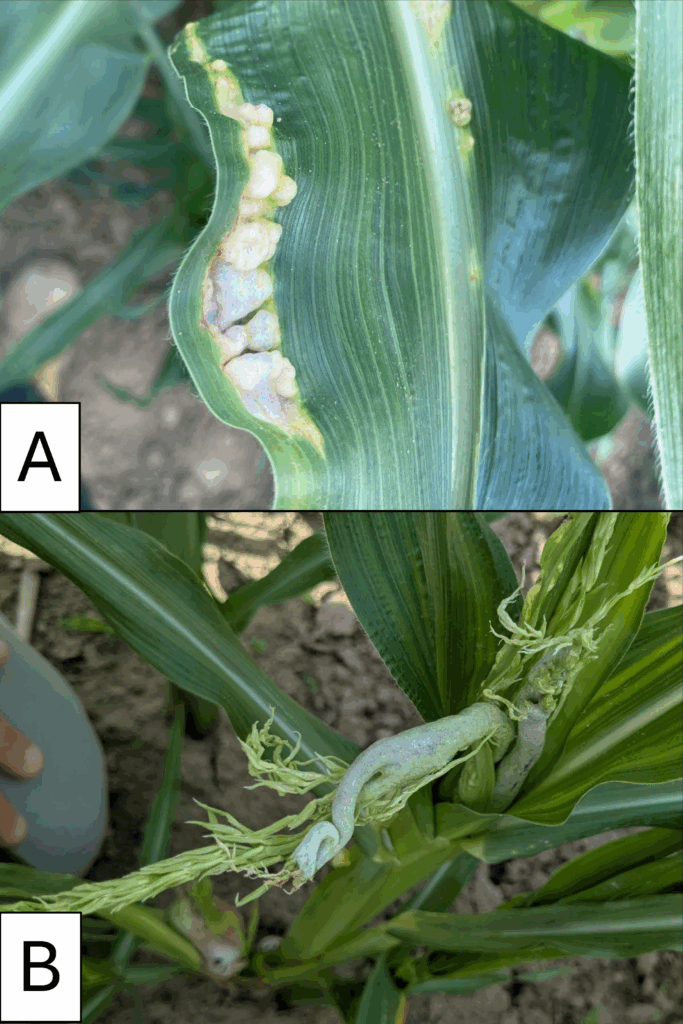Fall Vegetable Twilight Meeting (REGISTRATION REQUIRED)
Norz Hill Farm & Market, LLC., 120 S Branch Rd, Hillsborough Township, NJ 08844
Thursday, September 18, 2025 from 4:00 pm to 7:00 pm
AGENDA
4:00 pm – 4:15 pm Welcome, load wagons, wagon ride to field
4:15 pm – 4:45 pm Drone Seeding Winter Cover Crops into Pumpkin
Peter Nitzsche, Agricultural Agent , Rutgers Cooperative Extension of Morris County
4:45 pm – 5:15 pm Small Farm Robotic Equipment for Weed Control in Vegetable Production
Thierry Besançon, Extension Specialist – Weed Science for Specialty Crops , Rutgers New Jersey Agricultural Experiment Station
5:15 pm – 5:45 pm Vegetable IPM Program Update
Amanda Quadrel, Sr. Program Coordinator – Vegetable IPM, Rutgers Cooperative Extension
5:45 pm – 6:15 pm Update On Important Diseases in Vegetable Production
Andy Wyenandt, Extension Specialist – Vegetable Pathology , Rutgers New Jersey Agricultural Experiment Station
6:15 pm – 6:20 pm Wagon ride to tent
6:20 pm – 6:30 pm Meal provided by Vegetable Growers Association of New Jersey
6:30 pm – 7:00 pm Worker Protection Standard: Checklist for Compliance
Kate Brown, Agricultural Agent , Rutgers Cooperative Extension of Somerset County
MEETING CO- SPONSORED BY THE VEGETABLE GROWERS ASSOCIATION OF NEW JERSEY
CORE, 1A, AND PP2 Pesticide Recertification Credits have been requested from NJDEP for this meeting – TBD.
TO REGISTER: Complete this registration form or call the RCE Somerset County office at 908-526-6293 ext. 4.
Questions? Email Kate Brown, Agricultural Agent with RCE Somerset County, at kbrown@njaes.rutgers.edu.
 Articles in this section contain information helpful to the NJ commercial organic grower.
Articles in this section contain information helpful to the NJ commercial organic grower.